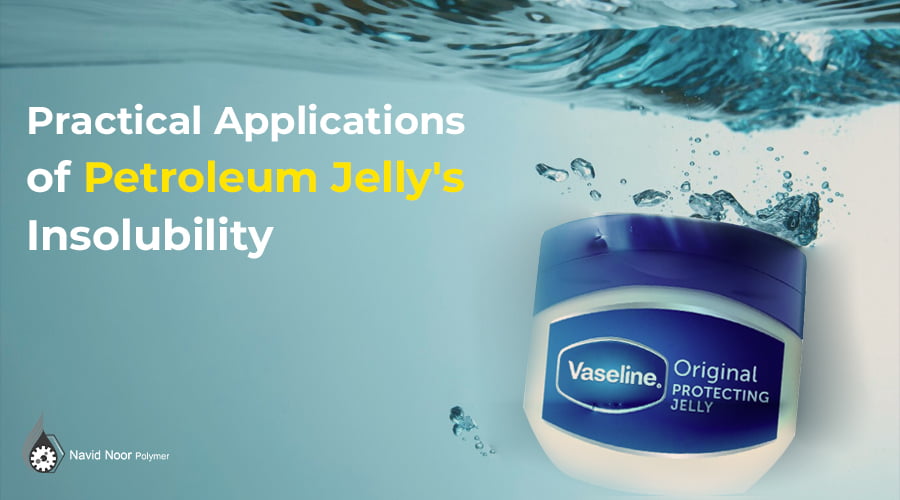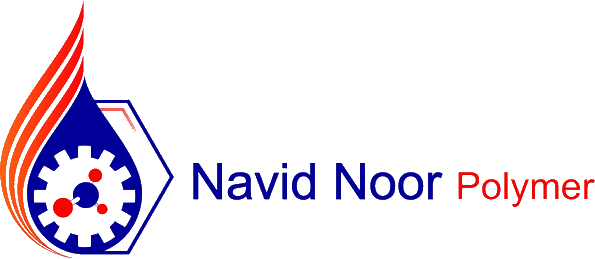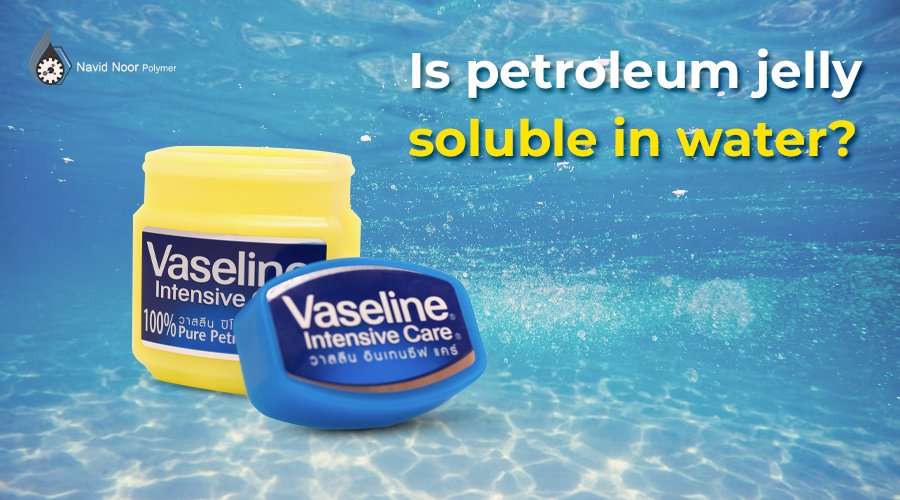Introduction
Petroleum jelly, also called Vaseline or Petrolatum, is a versatile skin care product that is often confused about whether it is water soluble or not. In this comprehensive article, we want to examine whether the Vaseline on the skin can be removed with water or not. If you want to know the answer to this question, we ask you to continue reading.
Is Vaseline soluble in water?
Petroleum jelly is known as one of the derivatives produced in the crude oil refining process, which is a mixture of harmless hydrocarbons. This product is mainly composed of paraffin and mineral oils and has a greasy texture, semi-solid consistency, and high melting point. Such features have caused moisturizing and protective effects for the skin in Vaseline. When you use petroleum jelly on your hands, you shouldn’t want to wash it off quickly.
This is because this material will have a relatively good shelf life on your skin and will be absorbed at a relatively low speed. If you want to remove Vaseline from your skin, you might think of cleaning it with water. However, we want to see if Vaseline dissolves in water.
Solubility of Petroleum Jelly: Exploring its Chemical Makeup
In response, we must say that Vaseline, as a mineral oil, does not have the property of solubility in water. Pure Vaseline, which is odorless, essential oil, and alcohol-free, has a relatively low solubility in water. Of course, many factors can affect the solubility of petrolatum. The temperature at which Vaseline is placed, the pressure applied to it, and the concentration of Vaseline can affect its solubility. Although high temperature and pressure can increase the solubility of petroleum jelly in certain solvents, they will not cause this condition in the solubility of petroleum jelly in water. Thus, Vaseline will remain mainly insoluble in water at high temperatures and pressure.
Solvents that Can Dissolve petroleum jelly
While petroleum jelly is generally insoluble in water, there are certain solvents in which petroleum jelly can dissolve. Mineral alcohols can be mentioned among these solvents. Ethyl ether, benzene, fatty oil, turpentine, chloroform, and acetone are among the ideal solvents for dissolving Vaseline. Of course, using these alcohols may not be suitable for removing Vaseline from the skin. This is because they may damage the skin tissue and cause dryness or skin sensitivity.
About how petroleum jelly is dissolved in these solvents, we must also say that the dissolution process depends on the tendency of these solvents to combine with the hydrocarbon chains in the petroleum jelly. Combining these solvents and long-chain hydrocarbons in Vaseline leads to the decomposition of the structure of hydrocarbons and dissolves them.

Practical Applications of Petroleum Jelly’s Insolubility
The insolubility of petroleum jelly in water has created many practical applications for it. One of the most important uses of Vaseline is its role in moisturizing and protecting the skin. The hydrophobic nature of Vaseline allows it to form a barrier on the skin and prevent moisture loss. This property makes Vaseline effective for dry and cracked skin as well as for protecting the skin from harsh weather conditions.
Petroleum jelly can also be used in medical fields. Today, in medical clinics and hospitals, they use sterile gauze impregnated with Vaseline to heal wounds and burns. The insolubility of Vaseline in water makes it an ideal option for creating a protective barrier on wounds and burns. Applying a thin layer of Vaseline helps the area retain its moisture and protect it from bacteria and other irritants.
Among other practical applications of the insolubility of petroleum jelly in water, we can mention its use in cosmetics and health industries. Today, Vaseline is used in products such as lip balms, creams, and lotions, and the role of this substance in creating the consistency and effectiveness of these cosmetic products has been proven.
The insolubility of petroleum jelly in water has led to its use in industrial environments. This substance can be used on metal surfaces to prevent corrosion and also as a machine lubricant. The material’s water resistance helps ensure that it will remain effective in these applications.
Safety Considerations When Using Solvents with petroleum jelly
It is important to take some precautions when using different solvents to dissolve petroleum jelly. Some solvents of Vaseline, such as acetone or mineral alcohols, are highly flammable. In this way, they should not be used in closed environments or with low ventilation. In addition, the use of appropriate protective equipment such as masks, gloves, and goggles will be necessary to prevent irritation to the lungs, skin, or eyes because some of these solvents cause adverse reactions in the human body and are very harmful and allergenic.
Conclusion
In this article, we introduced you to the insolubility of petroleum jelly in water and its hydrophobic nature. In general, Vaseline is insoluble in water and many common solvents. However, some special solvents can dissolve Vaseline and remove it from surfaces. However, keep in mind that you should not use any solvent to remove Vaseline from your hands. Maybe wiping off the Vaseline with dry tissue is a much better idea than using some dangerous solvents on the skin.

This is Kamran Malekian working in the petroleum jelly manufacturing industry for Navid Noor Company since 2013 I am eager to make content in this industry and have a good impact on professional users and people using cosmetic and pharmaceutical products.










Hello, the blog posts on your website are very helpful and informative in the dermocosmetics and supplements fields. I will visit frequently to learn new things.